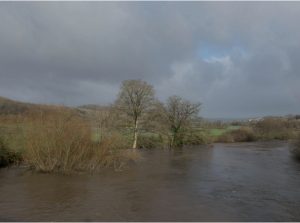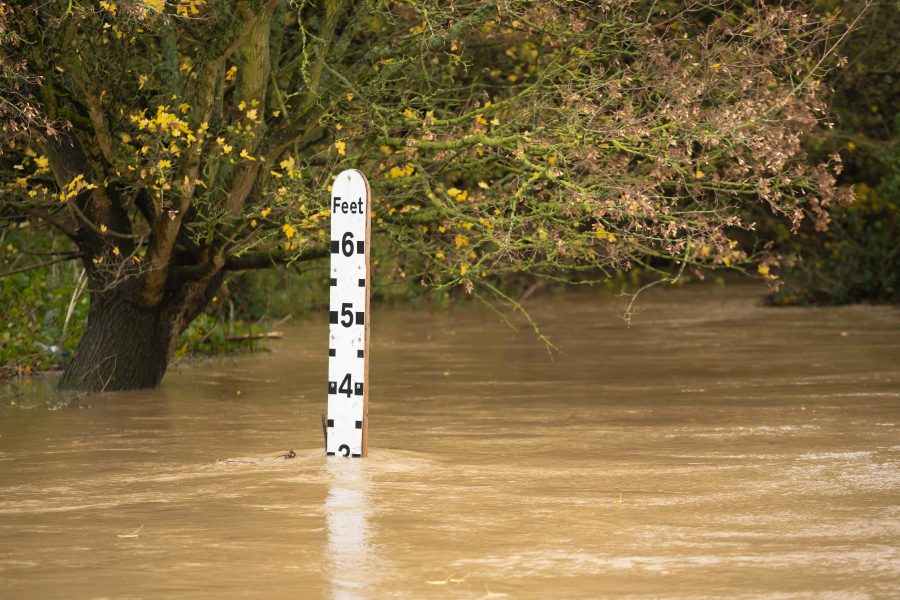Trees and woodlands have long been known to play a vital role in flood resilience, but scientists are now able to establish the financial contribution they make in protecting communities from flooding.
New research published just published by Forest Research, estimates Great Britain’s trees contribute over £400m annually in benefits. The flood regulation service of Great Britain’s trees, forests and woodlands, as an annualised central estimate, gave annual values of £843 million
and £420 million compared to bare soil and grass, respectively.
The valuation is based on the role trees, woodlands and forests play in intercepting rainfall, storing water and reducing the potentially devastating surface runoff that causes flooding. Given the increased likelihood and frequency of extreme weather events as a result of climate change, the report highlights how woodland expansion can be a natural, cost-effective method of protecting homes and businesses – now and for the future.

Forests can help to reduce flooding like this due to the ‘sponge’ effect
Forests help to reduce flooding in numerous ways, in what is referred to as a ‘sponge effect’. Firstly, evaporation from leaves and branches helps to reduce the amount of rainfall reaching the ground. This process, known as interception, is significantly greater for woodland compared to other land use types. Secondly, the soils within forests receive, store and delay water, helping to reduce rapid run-off and peak flows. Finally, the presence of trees, shrubs and large woody dams along rivers and on the floodplain creates a barrier effect that slows the passage of flood waters downstream, in addition to delivering biodiversity benefits. As a result, tree planting can significantly affect the volume, pathway and timing of surface run-off, reducing the risk of downstream flooding.
Responsible forestry management practices help to maintain and secure this key environmental service. Further guidance is available in the UK Forestry Standard Practice Guide: ‘Designing and managing forests and woodlands to reduce flood risk’.
This article was taken from The Country Smallholder. For more articles like this, subscribe here.








